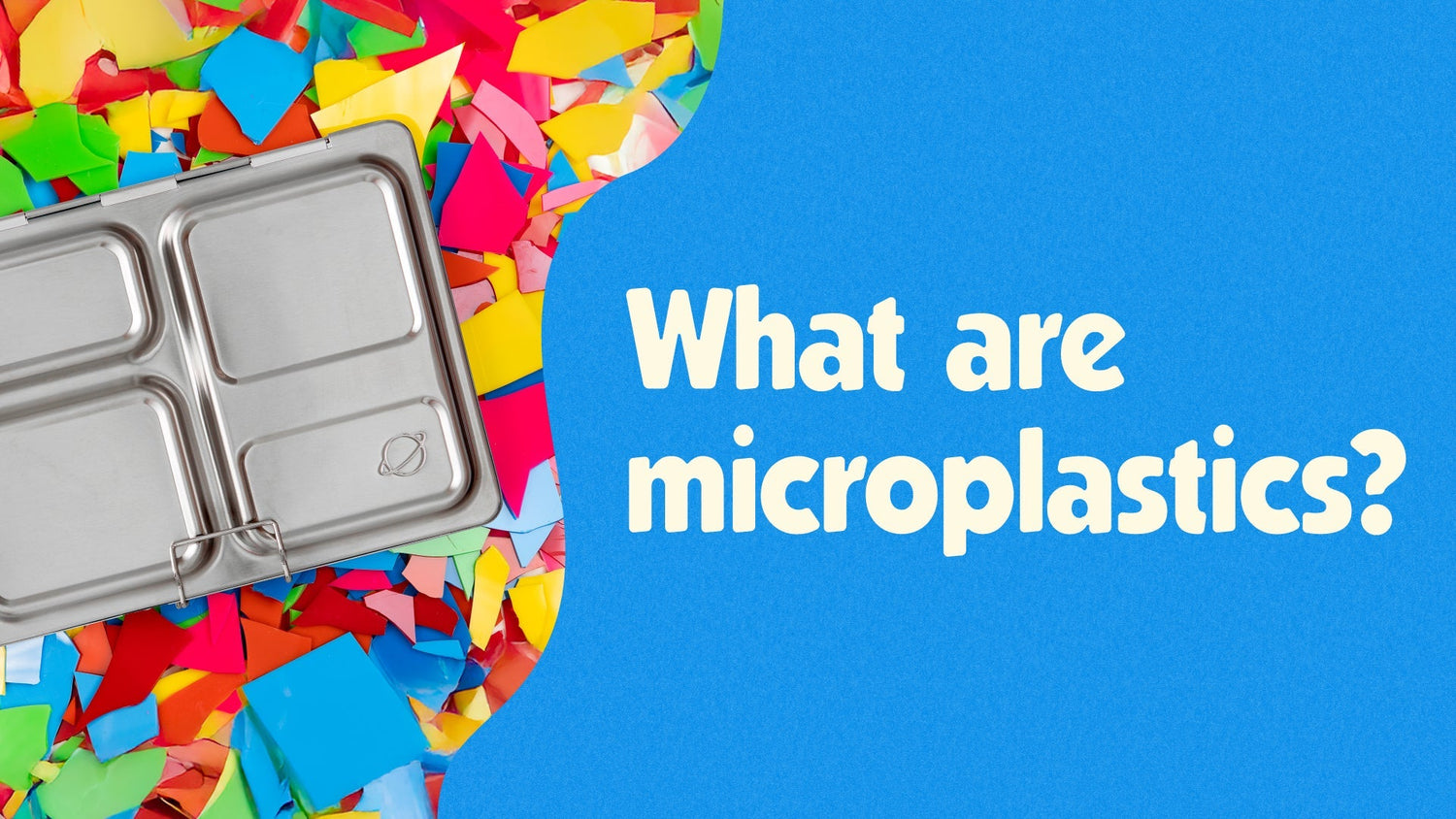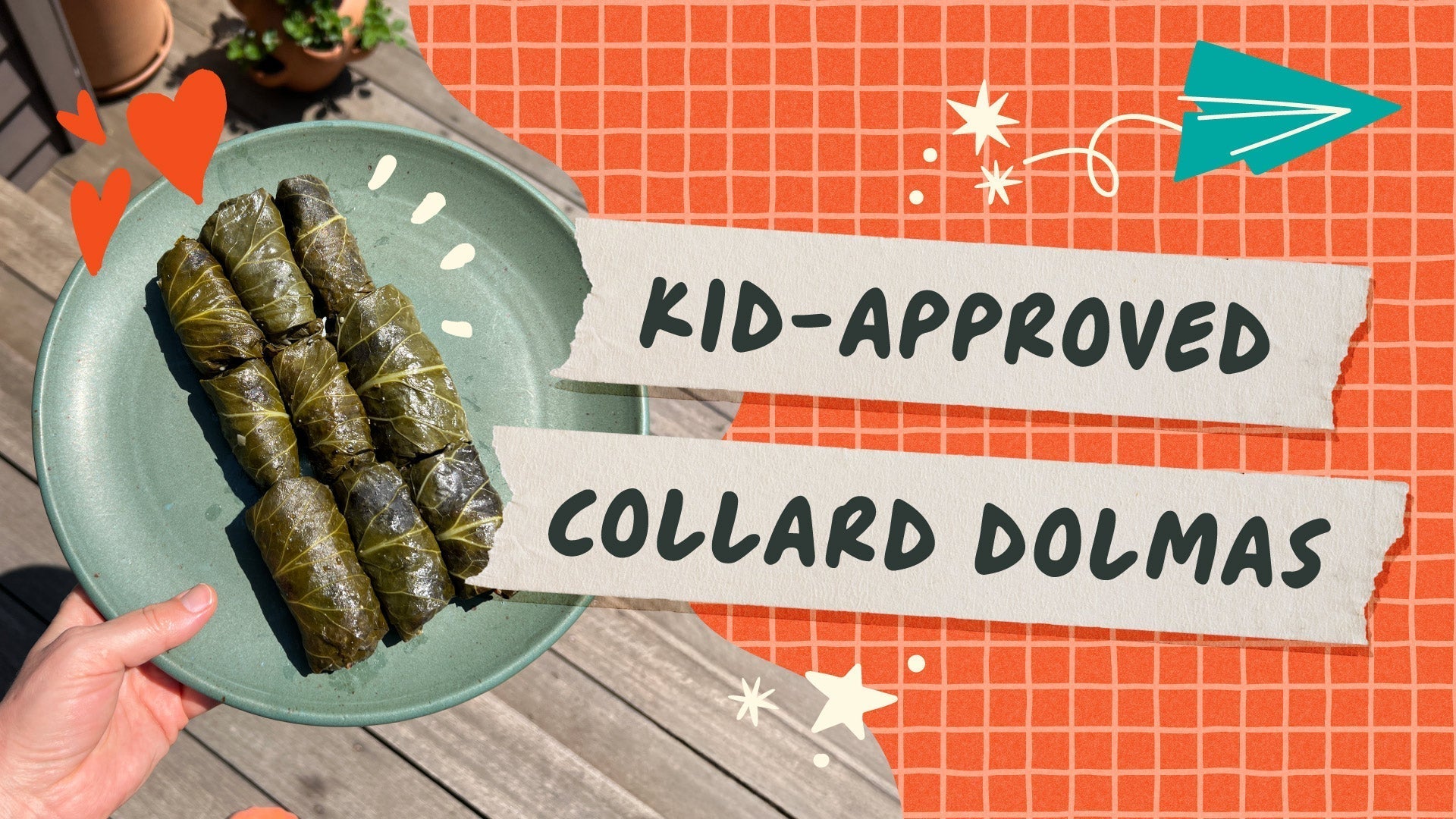Microplastics and Everyday Life: What Parents Should Know
You’ve probably heard the word microplastics before, but what does it really mean for our everyday lives? These tiny plastic fragments (smaller than a sesame seed) are showing up in the environment all around us. And as scientists continue to study them, they’re finding that microplastics don’t just stay in the ocean or the soil; they can make their way into our bodies too.
It might sound surprising, but researchers say it’s more of an everyday exposure than a crisis. Here’s what we know so far.
What Are Microplastics?
Microplastics are just what they sound like: plastic pieces so small they’re often invisible to the eye. According to the National Oceanic and Atmospheric Administration (NOAA), they’re anything under 5 millimeters in size.
They can start out tiny, like microbeads, or break down over time from bigger items like water bottles or synthetic fabrics.
How Do They Get Into Our Bodies?
Because they’re so small, microplastics can travel in lots of different ways:
- Water: Studies from the World Health Organization show that both tap and bottled water may contain microplastics, though current research suggests no immediate health risk at these levels.
- Food: Tiny bits of plastic have been found in seafood, table salt, and even produce.
- Air: Fibers from clothing and household dust can be inhaled without us noticing.
In other words, microplastics are simply part of the environment we move through every day.
What You Can Do
While scientists work to better understand the long-term effects, there are simple ways to reduce exposure and limit plastic use overall:
- Choose reusables: Bring a stainless steel water bottle or a reusable tote instead of relying on disposables.
- Pick natural fabrics: Cotton and linen shed fewer plastic fibers than synthetics.
- Filter water if possible: Certain filters can reduce microplastic levels in drinking water.
- Use glass or stainless steel: Especially for storing or reheating food.
These small swaps not only help reduce personal exposure but also cut down on the plastic that eventually enters the environment in the first place.
The Bottom Line
Microplastics are part of our modern world, and scientists are only beginning to piece together what that means for our health. The good news is that awareness is growing, and small everyday swaps can help reduce their presence in our lives.
Think of it less as a reason to panic and more as a gentle reminder: the little choices we make today (like swapping plastic baggies for a reusable lunch box 😉) add up to healthier habits for our kids and the planet!




Leave a comment
This site is protected by hCaptcha and the hCaptcha Privacy Policy and Terms of Service apply.